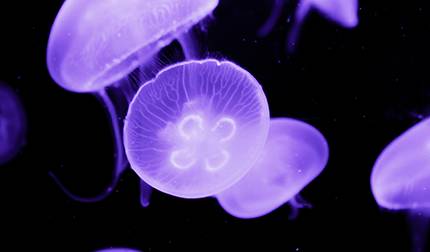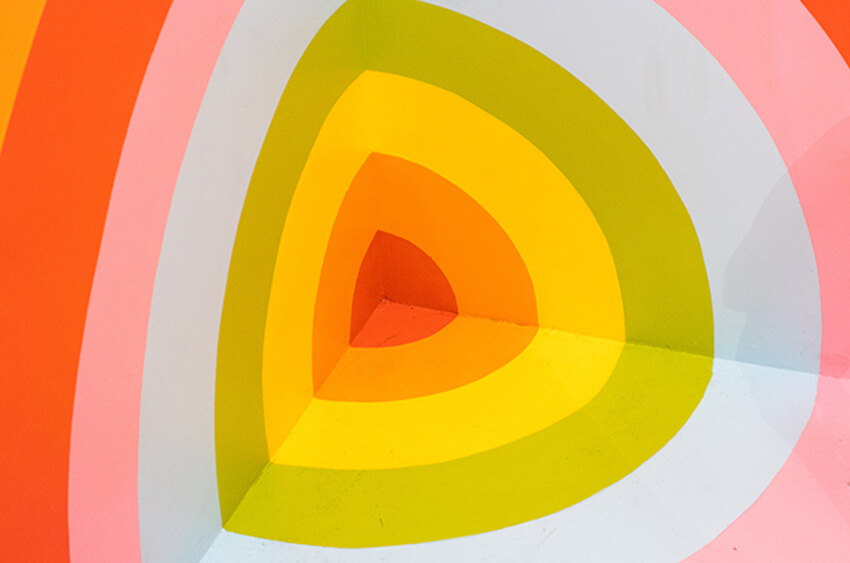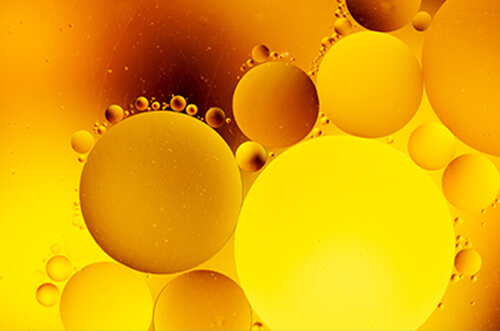If you count the buzzwords in IP infringement cases in China, punitive damage must be one of them. According to a statistic report released by a Chinese leading IP media platform, in 2021 there are 105 published cases involving punitive damages. Among these, 74 applied punitive damages in setting the final award, and 31 did not directly apply punitive damages yet still took into consideration the bad faith element and seriousness of harm when setting the statutory damage. Number of successful cases in 2021 alone may exceed the total number of that in the past years.
The increase in cases reflects Chinese courts’ growing willingness in granting higher damages, and they keep seeking ways to expand and refine application of punitive damages in specific cases. One recent example is a judgment issued by Shanghai IP Court in favor of a Japanese firm JUKI CORPORATION (“Juki”), which applied punitive damages together with statutory damages. Historically, statutory damages are only applied when there is no way to ascertain compensatory damage and punitive damages. This case provides a new approach to look at this.
The Juki Case
Juki specializes in sewing technology and products. Juki registered its house mark in 1981. Zhejiang Jukai Sewing Technology Co., Ltd. (“Jukai”) is a Chinese firm in the same industry. It used to hold trademark registrations for “JUKAI”, which was invalidated in 2019. Jukai manufactures sewing machines bearing “JUKAI” mark for export and domestic sales. Before the civil lawsuit brought by Juki in 2020, JUKAI has received several administrative penalties for using similar marks as “JUKI”.
In the civil infringement lawsuit, JUKAI raised 3 major defenses: (1) OEM (original equipment manufacturer) defense: products were manufactured and exported to India under the license of an Indian company, hence this is not infringing; (2) its trademark use was non-infringing before the registration got invalidated in 2019; (3) compensation was too high. Punitive damages should not be applied and the calculation was wrong.
Courts addressed all these issues in the judgments. Jukai did not provide trademark license or OEM contract and even if there was a contract, its OEM defense would not stand. Entities engaged in transportation can get in touch with the exported products, and these exported products may eventually flow back into the Chinese market. Invalidation has retrospective effect, meaning that once Jukai’s trademark got invalidated, its exclusive right to use shall be deemed non-existent since day one. Using “Jukai” on sewing products still constitute trademark infringement.
On the calculation of damages, the judgment creatively split the damage calculation into two parts. For exported products, some purchase orders gave a quite accurate number of Jukai’s partial revenues; compensatory damages should be that multiplied with industry average profit ratio and punitive damages were set at 3 times the compensatory damage. For products sold domestically, there was no way to ascertain a number as compensatory damage, and hence the court used its discretion to set a statutory damage at 1 million RMB.
Comments
The Juki case provides a new way to relieve the persistent difficulty of ascertaining compensatory damage to calculate punitive damages, and the judgement delivered some good reasoning. It is important to ascertain compensatory damage as the base for calculating punitive damages. However, if applying that rule rigorously and refusing to apply punitive damages when unable to ascertain total compensatory damage, it will severely prevent punitive damage from functioning as it was designed and let bad faith infringers escape legal liabilities too easily.
If more courts are willing to follow this route, right owners may have a better chance to get punitive damages, so long as partial damages can be ascertained. Let us hope that day will come sooner.











